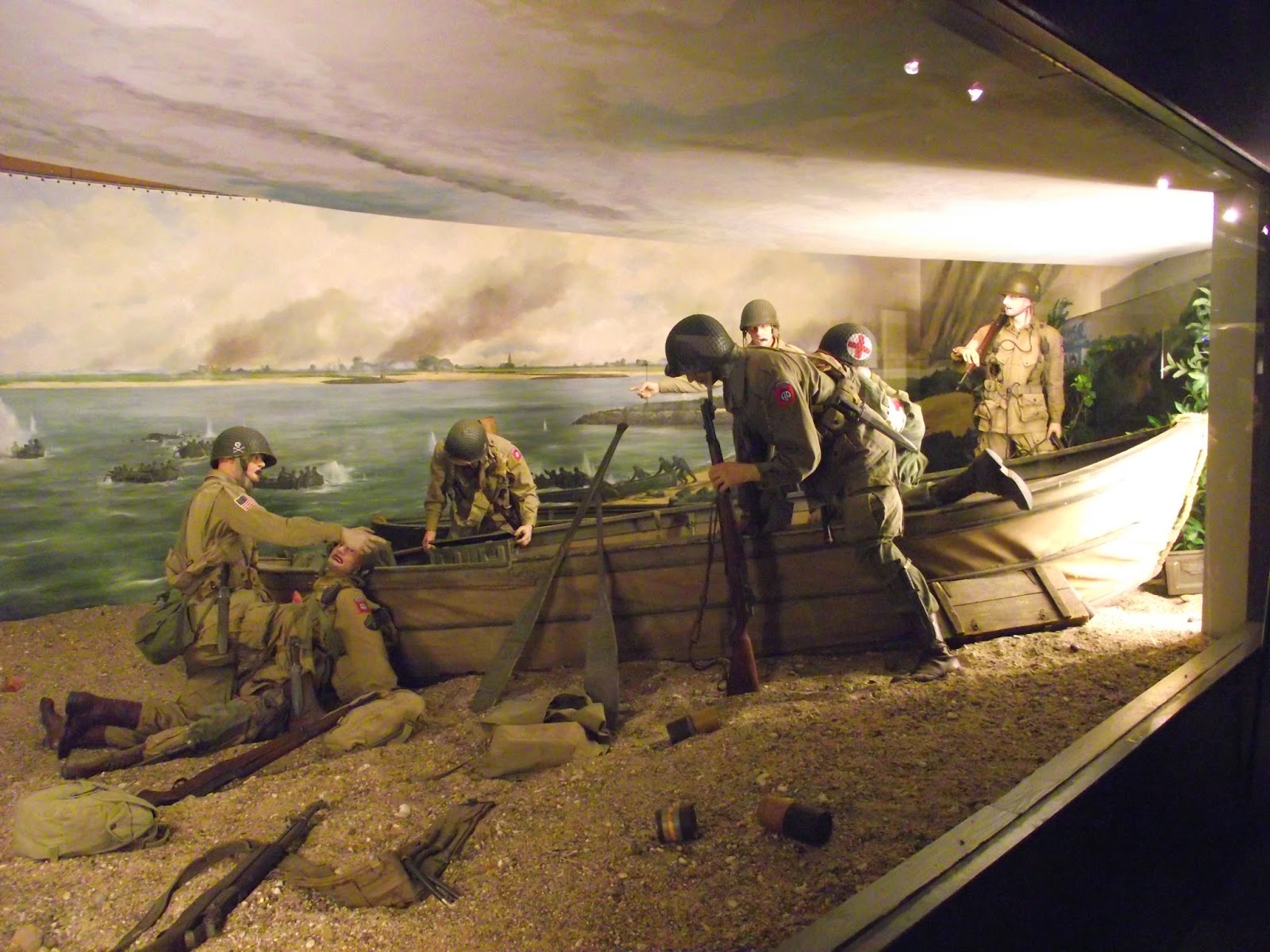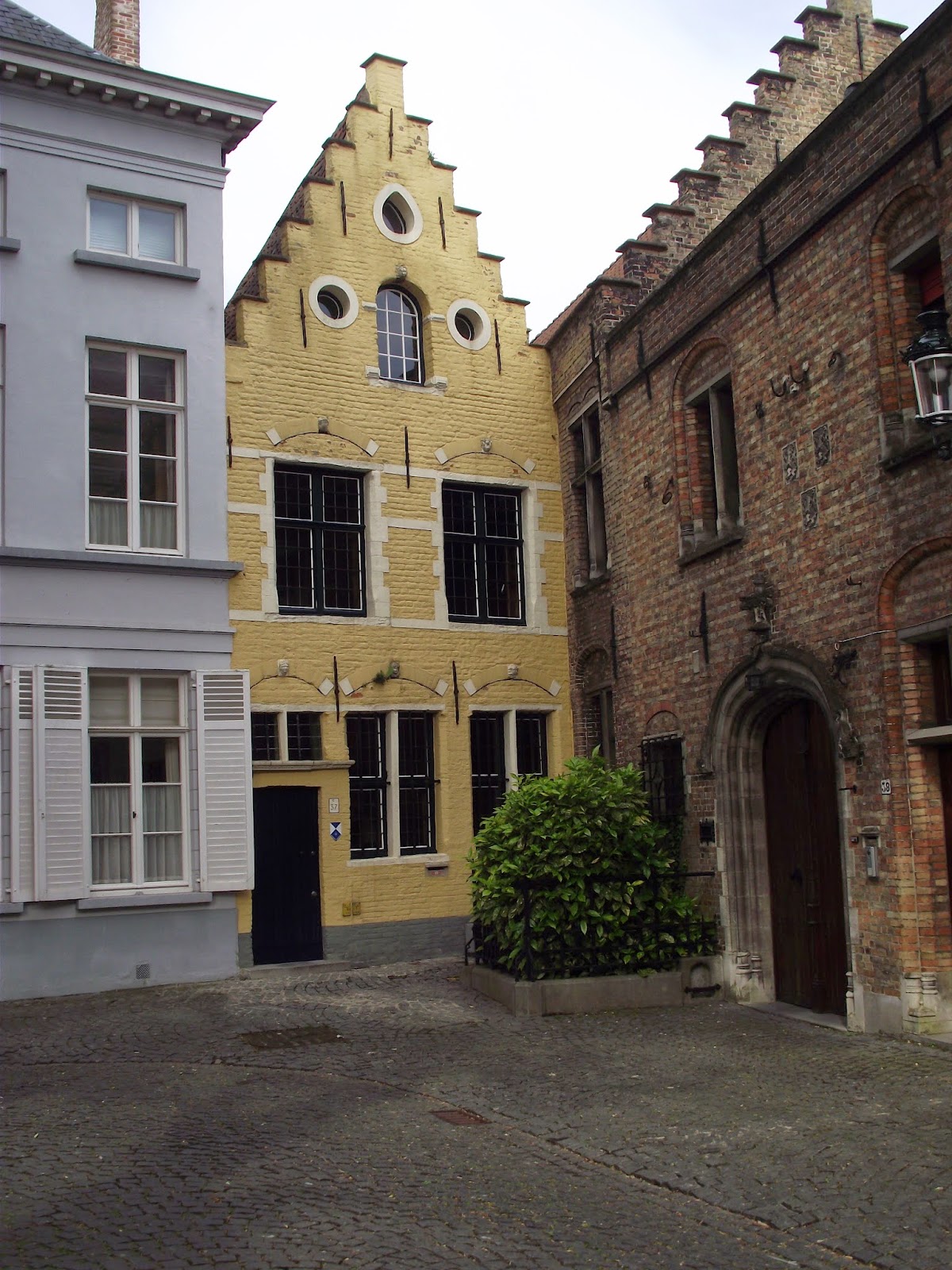April 30, 2014 – Hoorn
We came to the Netherlands to see
two things, Brugge and tulips. Today we
accomplished our purpose.
We were docked in Hoorn, North
Holland, one of the two provinces which can rightfully called “Holland.” It is a quaint town, full of sail boats and
cafes, a mixture of old buildings and new, but we did not get to see the town
until we drove out of it.

 We were on the road at 9:00 this
morning, heading for tulip country and a presentation on the farming and
cultivating of tulips. Each of the three
color groups [yes, we are still Green] went to a different farm. Our bus trip took over an hour although there
were times that bus slowed down so we could gawk at fields of tulips. The “snap” of cameras was almost overwhelming.
We were on the road at 9:00 this
morning, heading for tulip country and a presentation on the farming and
cultivating of tulips. Each of the three
color groups [yes, we are still Green] went to a different farm. Our bus trip took over an hour although there
were times that bus slowed down so we could gawk at fields of tulips. The “snap” of cameras was almost overwhelming. Once we arrived at the farm, we
were invited to take coffee and cake [including stroopwafels], a Dutch social
obligation. Skip, Fran, MA and David all
commented later that these refreshments were what we had expected at Anna’s
yesterday [Barry and Nancy were highjacked to the Yellow group several days
ago, but they agreed when we discussed it later].
Once we arrived at the farm, we
were invited to take coffee and cake [including stroopwafels], a Dutch social
obligation. Skip, Fran, MA and David all
commented later that these refreshments were what we had expected at Anna’s
yesterday [Barry and Nancy were highjacked to the Yellow group several days
ago, but they agreed when we discussed it later].
Our presenter explained that the
farm we were visiting was family-owned.
It had been started by her father in the 1970s, but he had worked in the
industry as had his father; she was third generation at least. The company is currently headed by her older
brother and she, her mother and another sibling work the farm; they have only
one other paid employee but hire seasonal workers – students or immigrants – as
he need arises.
She began with a slide show
presentation of the life cycle of the tulip farm. Actually, they also grow two types of jonquils,
lilies and other flowers which grow from bulbs.
There are two seasons to the farm, so rotating the crops is not a
problem and there is some aspect of farming occurring every month all year
around. What we did not realize is that
they are concerned with producing strong bulbs, not with producing
flowers.
In order to produce quality bulbs
for sale to exporters [and eventually to consumers] is to chop of the
blooms. If this is done at the right
time, neither too early nor too late, the energy which the plant would have put
into the bloom is redirected to enlarging the bulb so that it will produce more
flowers the following year. When is the
right time? Only the farmer knows. Many of the fields of brightly colored tulips
we passed on the drive had obviously not been chopped, but there were many
which had or which were half-and-half.
 |
| A field of "chopped" tulips |
Holland and the rest of the
Netherlands had a particularly mild winter this year, so the tulips started to
appear two weeks earlier than usual. Our
farm had been chopped save for two fields which we suspect were save for our
visit. We are sure the blooms will be
removed before we leave the ship on Saturday.
There are many factors which
combine to make a good tulip. The soil
must be sandy and water must be available.
The soil at our farm had been inferior before the farmers improved on
it. It now has a clay base with light
sandy soil on top. Water is available,
too, but it must pass government inspections to make sure it does not have too
much salt or other chemicals in it.
Tulips, we were told, do best it their bottoms stay dry, but lilies like
the water. Tulips are dry bulbs but
jonquils have a paper skin like a peanut to protect them from the
moisture. And these are only the bits
and pieces we remember!
Much of the operation is
automated now. The equipment which is
used to plant the bulbs looks like modified tractors but they cost hundreds of
thousands of dollars. Someone asked how
much one cost and the answer was “several houses.” This family buys used equipment because it is
more economical for them. Some equipment
is leased as it is needed rather than bought outright.
We were able to visit the two
remaining fields of tulips. The rows
seemed to extend forever but were probably only several hundred meters. They were absolutely straight because the
tractors have GPS systems to keep them from straying by even an inch. The rows are exactly one meter wide.
 We noticed some odd-ball blooms
in the fields. They really stood out and
emphasized the precision of the other plantings. The guide/farmer told us that she had hired
someone to remove the strays last year, but that he had done a poor job and was
not hired a second time.
We noticed some odd-ball blooms
in the fields. They really stood out and
emphasized the precision of the other plantings. The guide/farmer told us that she had hired
someone to remove the strays last year, but that he had done a poor job and was
not hired a second time.
The stray flowers need to be
removed lest they have a fungus or some other disease which could infect the
entire field, so we can add disease to the list of factors in growing good
bulbs. Not only to the blooms have to be
removed, the entire bulb must be dug up as well.
We were invited to pick as many
tulips as we wanted since all of the flowers were going to be chopped soon, so the
passengers jumped right in and helped themselves. Of course, they can’t take them back to the
US even if the flowers stayed fresh, and most will have wilted before Saturday’s
departure.
Eventually we were herded back to
the bus having spent about two hours at the tulip farm. Our return trip was highlighted by the driver’s
taking a circuitous route to show us even more fields of tulips. Seen from the side, at a distance, the rows
of flowers look like a solid ribbon of color as the blooms blend in with each
other. Seen end on, the precise division
between the rows is obvious.
Although we had been the first
bus to depart, ours was the last to return.
We had had a long morning in the fields.
After lunch, there was a 2-euro
walking tour of Hoorn which we skipped.
MA read a very little and then took a nice long nap. David took the unpredictable camera and
walked through Hoorn for an hour or so, taking pictures without any idea of
what he was looking at. When he returned
to the ship, it was almost time for the disembarkation talk, so he went to that
and met up with the others in “the group.”
Once MA was up and dressed, we
went to the lounge for sodas before dinner [vegetarian shepherd’s
pie/steak]. We finished a bit earlier
than usual and went directly to the lounge for the crew show. It was amateurish but highly entertaining and
we all laughed through the whole show.
Back in the room, it was time to
update yesterday’s blog entry to explain why the Zuider Zee Museum was trying
to preserve life around the Zee from the early 20th Century and to
write about the tulips. Tomorrow will be
another busy day, but more about that tomorrow night.
Tomorrow -- Amsterdam, Day 1
Scenes from Hoorn







































